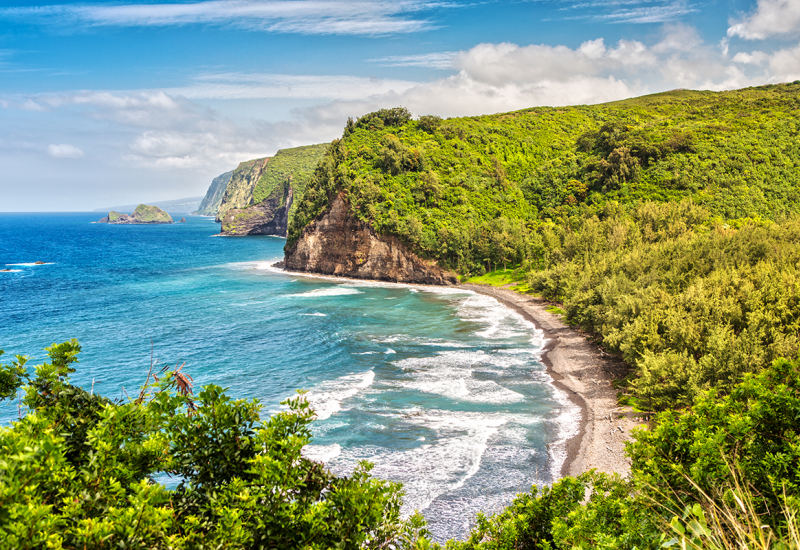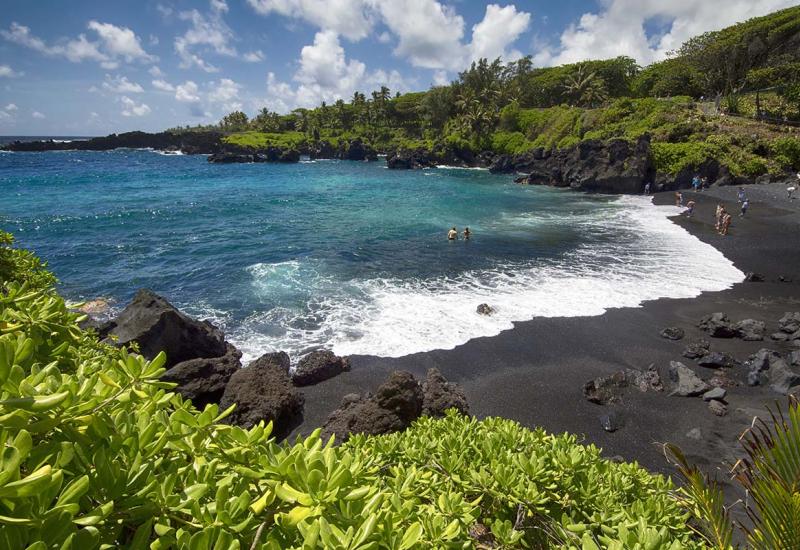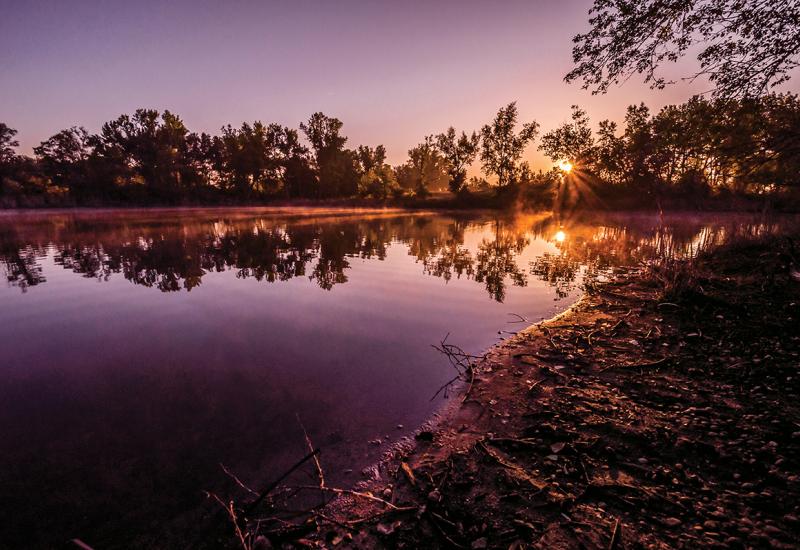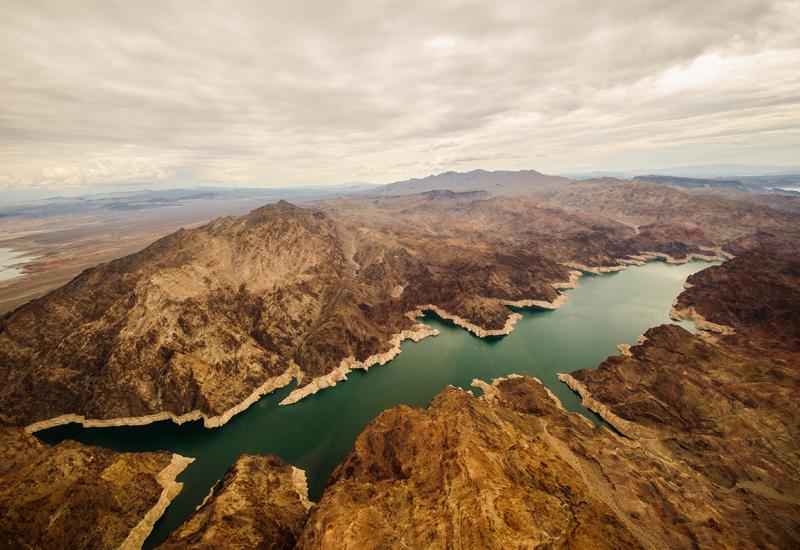Scuba Diving in Olympic National Park, Washington - Dive Conditions and Information
COVID-19 travel restrictions and border closings are constantly evolving. There is no guarantee that the dive sites mentioned within this article will be open at your time of travel.
This year marks the 100th anniversary of our National Parks, a century of stewardship first derived from the uniquely American notion that magnificent lands are worth protecting. Now numbering 59, the parks aren’t all purple mountains majesty, but rather a diverse collection that includes islands, seashores, lake shores, reefs and surrounding waters.
MORE DIVES IN THE USA
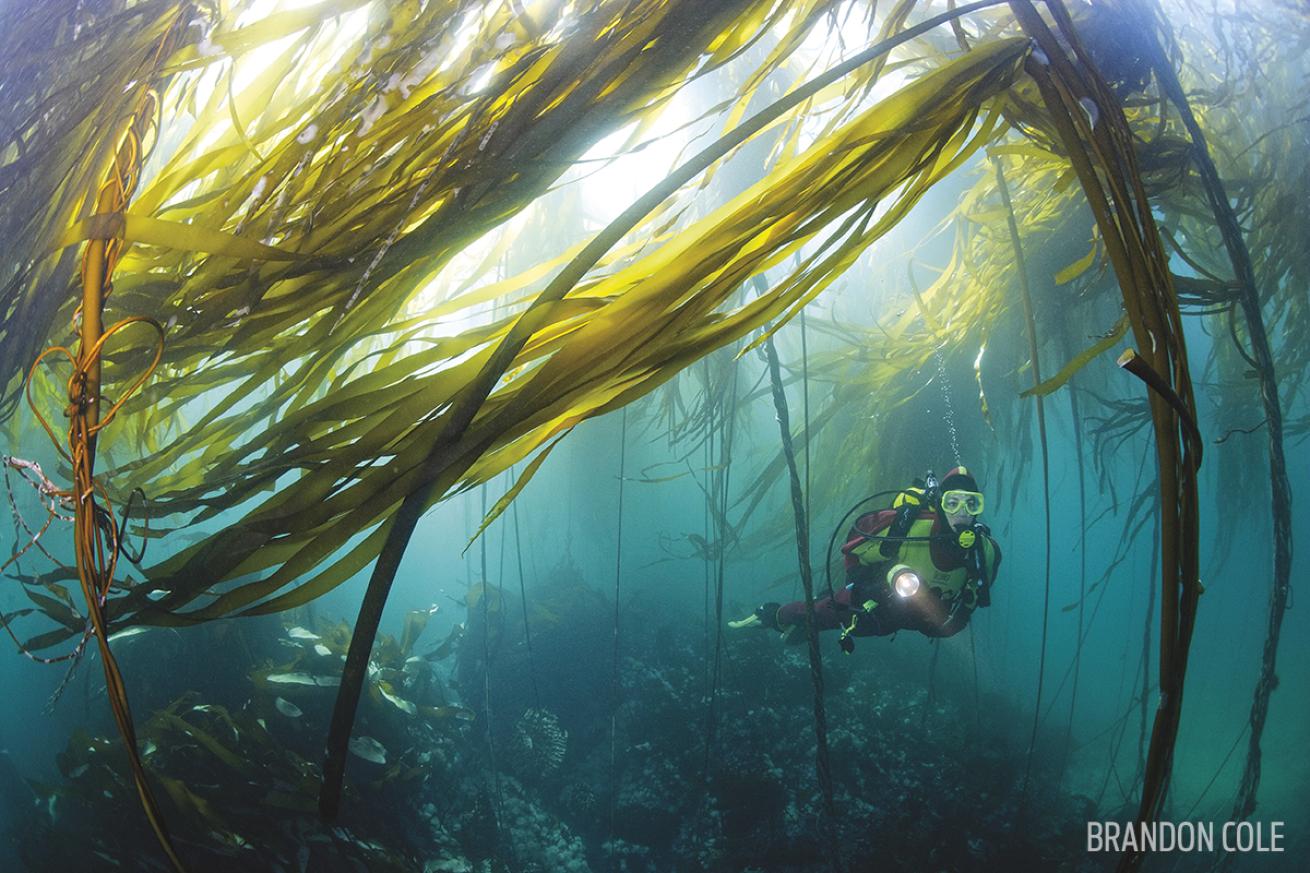
Brandon ColeImmense kelp forests in the waters off Washington's Olympic National Park hypnotically sway in the surge and define the signature experience of what the wild Olympic Peninsula is about.
Dive Conditions and Facts
Depth: Between 30 and 100+ feet
Dive Access: Boat for ocean dives, shore or boat for Salt Creek
Water Temperature: 50 degrees F
Visibility: Varies with tide
When to Go: June to October
Dive Shop: Port Angeles-based Strait Scuba is a full-service dive center leading guided dive excursions throughout the North Olympic Peninsula coast. Most dives begin from shore.
Price: Two-tank dives run $80 per person.
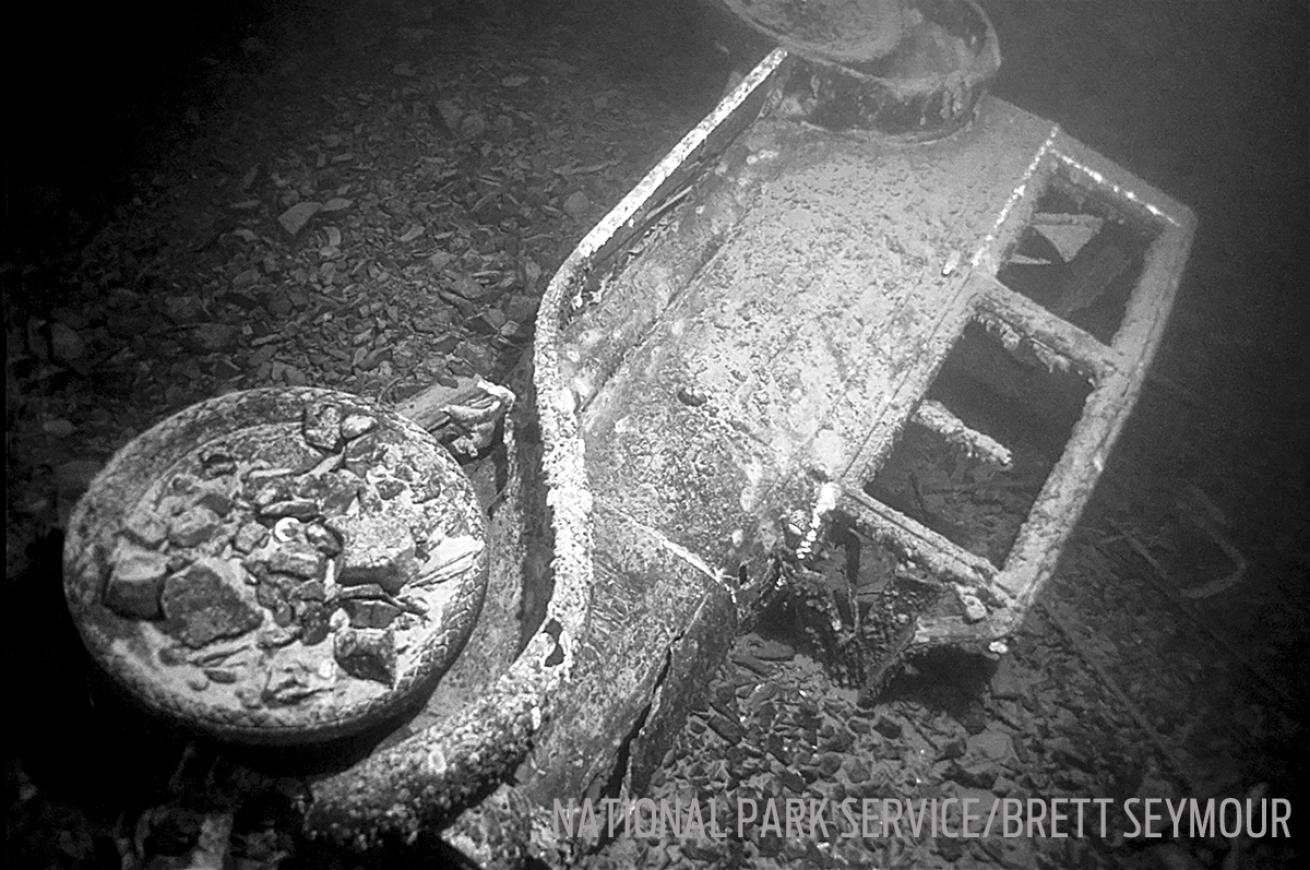
National Park Service/Brett SeymourA 1927 Chevy truck lies at the bottom of Olympic National Park's Lake Crescent.
Scuba Diving Overview
Like an appendage jutting into the ocean, Washington’s Olympic Peninsula is a mountainous, forested land of rugged extremes with an underwater demeanor unique in the continental U.S. The 1,442-square-mile park is surrounded by sea on three sides, and is dominated by mountains and old-growth forest cascading to the roily sea. Although the park is primarily inland (including Lake Crescent, where sites like Sledgehammer Point Wall are popular), a 57-mile sliver — the Olympic Coast National Marine Sanctuary — runs along the Pacific Coast, and is festooned with islets, rocks and inlets swarming with rockfish, garibaldi, sea lions and sea birds. The region is also a graveyard of wrecks, upward of 150 historical sites that include the America, which sank in 1875 with 277 passengers.
Divers can veer north of the park along the Strait of Juan de Fuca and drop into more-sheltered waters. At Salt Creek State Park adjacent to Olympic National Park, the tapestry of tidal pools continues beneath the surface, and divers can explore a rocky bottom punctuated with large boulders and alcoves home to invertebrates, wolf eels, rockfish, sculpin, seals and sea lions. As one dive operator puts it, the biggest appeal comes from exploring the immense kelp forests, hypnotically swaying in the surge and defining the signature experience of what the wild Olympic Peninsula is about.

